MIS options make patients’ lifestyle demands achievable in many cases

Cleveland Clinic is a non-profit academic medical center. Advertising on our site helps support our mission. We do not endorse non-Cleveland Clinic products or services. Policy
Most patients we see at Cleveland Clinic who need surgery for a bicuspid aortic valve (BAV) are in their 30s to their 50s, and we assume they could live another 50 years. They tell us they want a normal lifestyle, and that means not being on anticoagulation therapy, being free of exercise restrictions and coming away from surgery with the fastest recovery and smallest scar possible.
For patients who meet certain criteria, there is usually a clear best approach to BAV and aortic surgery. For others, we need to develop a strategy based on their individual pathology, as well as their age and desires, while also considering the need for a second operation if one will be likely down the road.
Aortic stenosis, with or without aneurysm, is the most common reason for operating on a patient with BAV. This simplifies decision-making: If a patient is headed for replacement, what we’re looking at is whether we need to replace part of the aorta in addition to the valve. If the patient has a normal-size root and no need for intervention on the aorta, we can now offer some minimally invasive options, as outlined below.
Upper hemisternotomy (also called a J-incision) is a well-proven minimally invasive approach to the aortic valve and ascending aorta. We can use this approach to do a bicuspid repair as well as operations on the ascending aorta and even hemiarch, but we do not recommend it for complex root procedures.
Although the sternum still must be cut, the incision is only about 3 inches long (Figure 1, left) and the cosmetic results are very good (Figure 1, right). The initial incision can easily be extended slightly above or below if necessary.
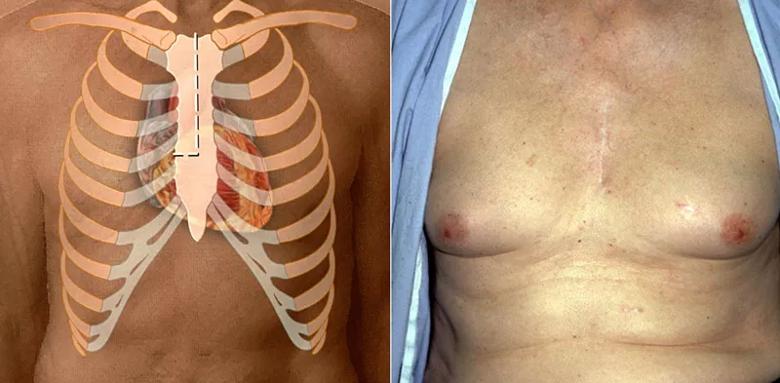
Figure 1. Upper hemisternotomy involves an incision about 3 inches long (left), typically yielding good cosmetic results (right).
Is upper hemisternotomy as safe as full sternotomy? We know the answer to be a definitive “yes.” In an analysis of 1,193 Cleveland Clinic patients who underwent isolated aortic valve surgery via upper J-incision hemisternotomy from 1995 to 2004 (J Thorac Cardiovasc Surg. 2012;144:852-858), we found mortality to be only 0.7 percent, which is remarkable considering how far the series dates back.
We also know this approach can be used to safely perform ascending aortic operations. From 1995 to 2014, 483 patients underwent proximal aortic operations with a J-incision at Cleveland Clinic with no mortalities (Ann Thorac Surg. 2017;103:533-540).
Data from the abovementioned review of 1,193 Cleveland Clinic patients also revealed several benefits from hemisternotomy relative to full sternotomy:
Although not dramatic, the differences were significant.
Until recently, Cleveland Clinic has been reluctant to embrace a sternum-sparing minimally invasive approach because the reported mortality rates from other centers have been extraordinarily high for aortic valve replacement — e.g., 3.2 percent — whereas ours has been 0 to 0.67 percent most years.
We attribute this in large part to insufficiently careful patient selection. To improve on that, we use an image-guided approach (Figure 2) to carefully examine the anatomy of the ascending aorta and the position of the heart and the aorta. 3D reconstruction allows us to determine exactly where the incision will be, which rib we may need to divide, and the strategies for cannulation and protection.
A 2-inch second-interspace incision takes us directly on top of the ascending aorta. Once the pericardium is cut, a specialized retractor offers good exposure to the mediastinum and ascending aorta. Newer retractors now allow us to avoid dividing a rib, using a 4-cm-long incision.
This approach offers a view of the valve that is a little farther away than with conventional surgery but is still quite good (Figure 2). Using endo-instruments, valve replacement can be performed in a very standard fashion. Tying the knots can sometimes be tricky, but hand tying works well.
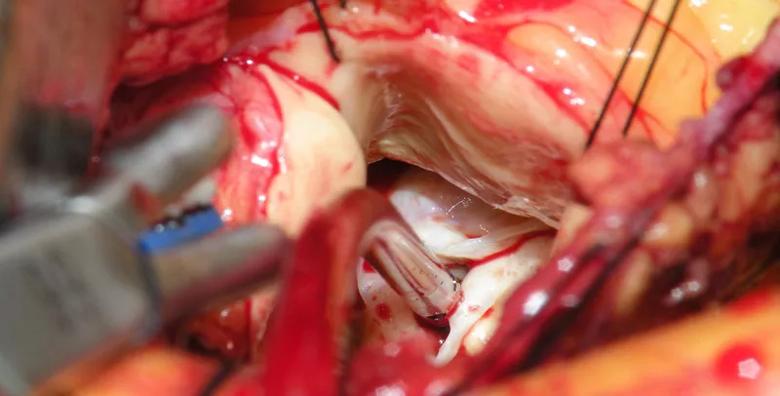
Figure 2. A typical view of the BAV through the incision in a minithoracotomy.
We use routine central aortic and peripheral venous cannulation, which is safer than femoral arterial cannulation for this population. To minimize risk in the event a rare situation arises that is difficult to handle through the small incision, we cannulate the vein first so we can transfuse blood if necessary, and then we cannulate the aorta. We reverse this order at the end of the operation. We use a wire-guided cannula in the groin and, similarly, a Seldinger technique for the ascending aorta cannulation.
We have done more than 300 cases so far and find the technique very reproducible for most patients with primary aortic valve disease — even, with a bit more planning, for those with a large body habitus.
Does minithoracotomy deliver outcomes equivalent to more invasive approaches? At Cleveland Clinic, we are doing an analysis based on our experience. It is likely that minithoracotomy will become another option for this patient population, but we will need experience with thousands of patients to confidently answer whether it is as safe as current standard approaches. In our 300 patients to date, we have had two deaths, which is statistically comparable to what we see with sternotomy or ministernotomy.
We now have an array of minimally invasive options available for our patients with BAV. Here are our basic guidelines for determining how to apply them vis-à-vis full sternotomy:
The goals of low mortality and long-term durability should be foremost, and the size of the incision secondary. We do not want to be so focused on minimally invasive operations through smaller incisions that there is ever a risk of sacrificing great outcomes and quality.
Dr. Svensson, a cardiothoracic surgeon, is Chair of Cleveland Clinic’s Miller Family Heart & Vascular Institute.
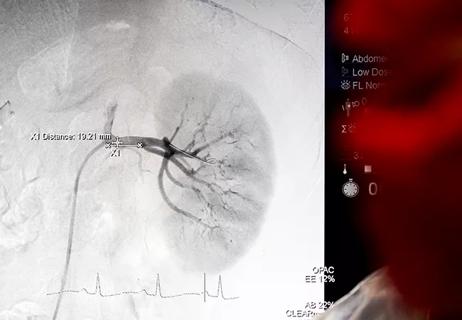
General principles for use of the long-awaited new therapy approach

ACC panel issues call to action to achieve CV health equity in an underserved population

Get a glimpse of the facilities and technologies used by the nation’s top-ranked heart program
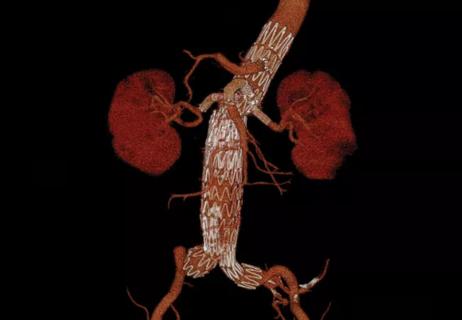
EVAR pioneer Dr. Juan Parodi surveys the past and future of a revolutionary procedure
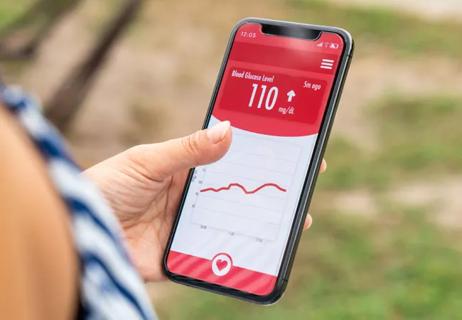
Latest systems combine continuous glucose monitoring with automatic basal insulin delivery

Common congenital lesion is not always benign

New study yields pre-pandemic insights for the post-pandemic landscape
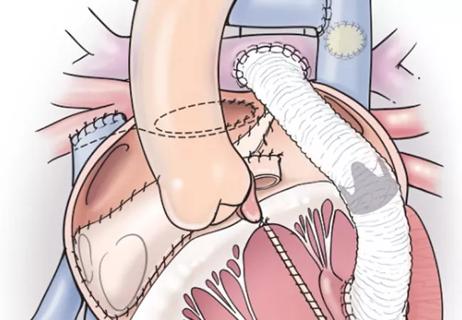
Series of five patients successfully treated with ‘ventricular switch’